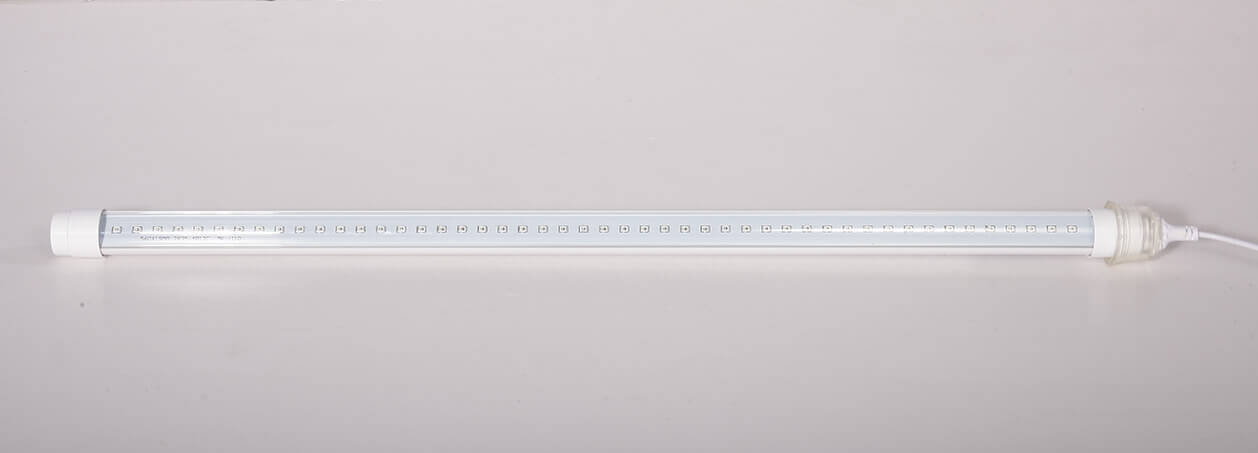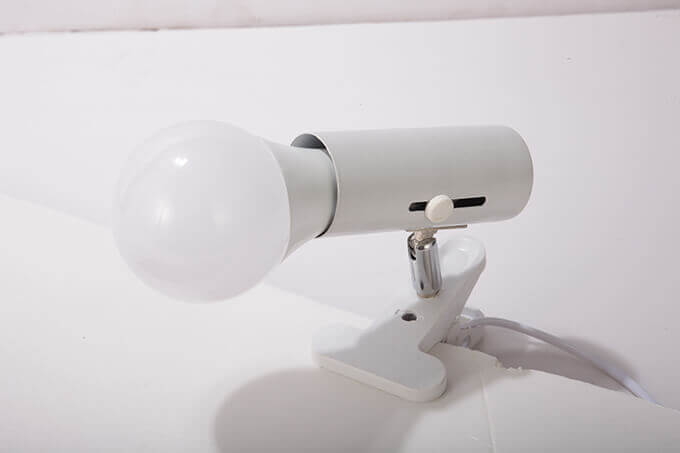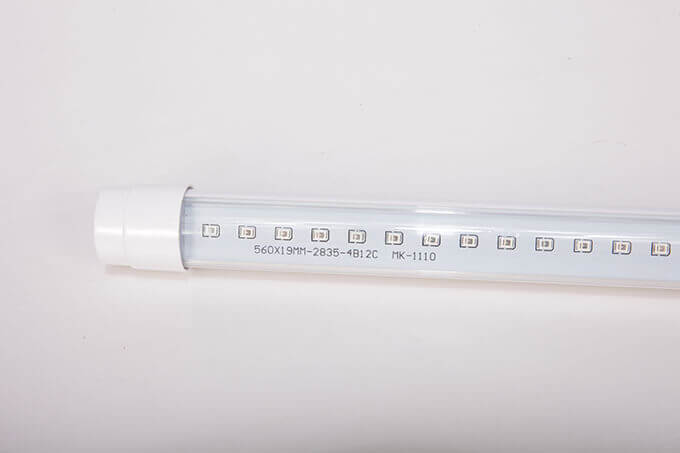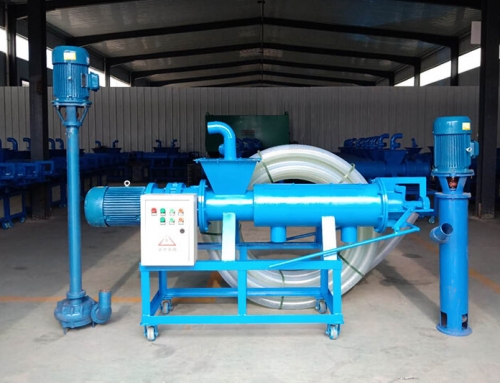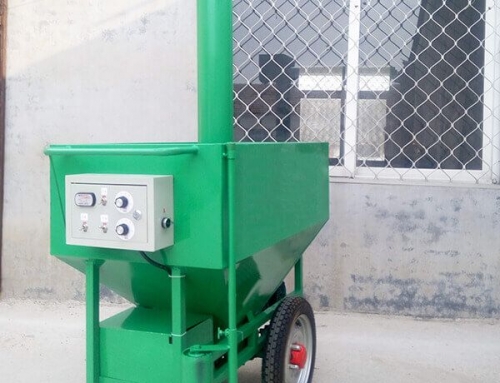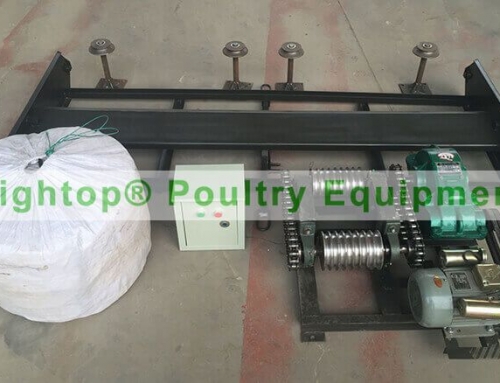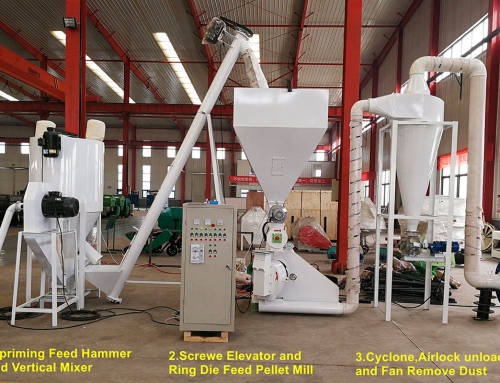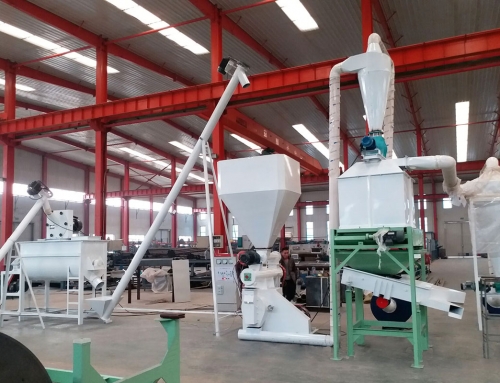What is a poultry lighting system?
The led poultry lighting system can be used to promote the growth of poultry and animals such as pigs, cattle and sheep. It can promote the absorption of vitamin D, increase calcium, enhance immunity, promote growth, and shorten the growth and maturity period by about 15 days for poultry and 20 days for animals). It can also improve poultry egg production by about 25 percent, improve cattle and sheep milk production by about 15 percent, and also improve the vitamin D content of milk.
The function of the LED grow light for poultry:
The LED poultry lighting for laying fowls increases egg production by:
- Adjusting the metabolism of laying fowls, increasing appetite, speeding up growth, and making the laying fowl grow bigger faster. When compared with other lights the LED animal grow increases weight by an average of 4.9 percent at an early age of 27 days and by 5.9 percent by 49 days.
- Promoting the body health of laying fowls and improving their immunity, as well as reducing pecking and mortality.
- Using the LED poultry lighting for laying fowls in the early stage can promote the development of the mucous membrane of small intestine development. This increases calcium and phosphorus absorption, improving the laying fowls’ weight by 3-8 percent. It also improves the quality of eggs at a qualified rate increase of up to 15 percent.
- Increases the number of laying fowls’ small intestinal epithelium goblet cells, and promotes the increase of epithelial cells, improving production performance and increasing fertilization rate and egg production by 3-6 percent.
The LED poultry lighting for fowls bred for meat increases production of poultry meat by:
- Adjusting the metabolism of meat fowls, increasing appetite, speeding up growth, and making the laying fowl grow bigger faster. When compared with other lights the LED animal grow increases weight by an average of 4.9 percent at an early age of 27 days and by 5.9 percent by 49 days.
- Promoting the body health of meat fowls and improving their immunity, as well as reducing pecking and mortality.
- Using the LED poultry lighting system for laying fowls in the early stage can promote the development of the mucous membrane of small intestine development. This improves meat fowls’ weight by 15-20 percent.
- Increases the number of laying fowls’ small intestinal epithelium goblet cells, and promotes the increase of epithelial cells, improving production performance.
The LED animal grow light for chicks improves health care and increases the survival rate by:
- Promoting the body health of chicks, improving their immunity, and by reducing their pecking and death rate.
- Using the LED lighting system for chicks in the early stages of life can promote the development of the mucous membrane of small intestine development and improve the weight of chicks by 15-20 percent.
- Increases the number of the chicks’ small intestinal epithelium goblet cells, and promotes the increase of epithelial cells, improving production performance
How to choose the LED grow light?
Different colors have different effects. For instance pink lights are used for laying fowls and pet birds, blue lights for meat fowls, green lights are used for chick health care, red lights for various captive animals use red light.
| Animal type | laying fowl | meat fowl | baby fowl | captive animals | Pet bird | |||
| Color | Pink light | Blue light | Green light | Red light | Pink light | |||
| function | Increase egg production | Increase meat fowl weight gain | baby heathcare | healthy | healthy | |||
| 1. Tube LED light | ||||||||
| Tube length and power | 0.6m, 9w | 0.6m, 9w | 0.6m, 9w | 0.6m, 9w | 0.6m, 9w | |||
| 0.9m, 14w | 0.9m, 14w | 0.9m, 14w | 0.9m, 14w | 0.9m, 14w | ||||
| 1.2m, 18w | 1.2m, 18w | 1.2m, 18w | 1.2m, 18w | 1.2m, 18w | ||||
| Lamp + Wire | Lamp + Wire | Lamp + Wire | Lamp + Wire | Lamp + Wire | ||||
| 2. LED light bulb | ||||||||
| Light bulb | 5w | 5w | 5w | 5w | 5w | |||
| 7w | 7w | 7w | 7w | 7w | ||||
| 9w | 9w | 9w | 9w | 9w | ||||
Method of Use:
- Installation distance is 1-1.5 meters to the back of the animal or poultry cages.
- Depending on the power and intensity of the light the distance between lights is 2-4 meters.
- Irradiation time is not less than 8 hours, depending on the fowl or animal.



